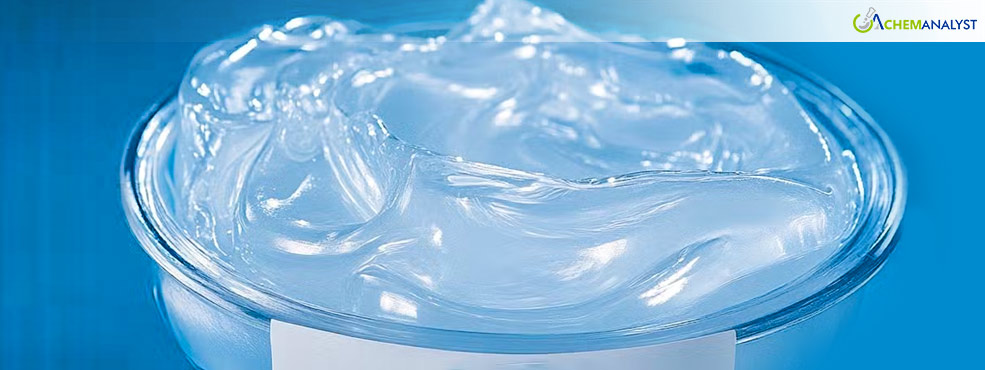Welcome To ChemAnalyst

The price of Sodium Lauryl Ether Sulphate (SLES) exhibited an upward trajectory during the first half of December 2024, driven by increased production costs and a constrained supply of essential raw materials such as Ethylene Oxide and Palm Oil. This surge in SLES prices has been attributed to heightened cost pressures on manufacturers, who have had to pass on these increased expenses to downstream sectors to maintain operational viability. Elevated feedstock prices, combined with tight supply conditions, have significantly impacted the production and availability of SLES, further intensifying the upward price momentum.
SLES prices in the Asian market surged significantly, with India and South Korea facing the greatest impacts. This rise is primarily driven by a persistent shortage of Palm Oil, a crucial raw material for SLES production, exacerbated by adverse weather conditions and prolonged heavy rainfall in Malaysia, the world’s second-largest producer of tropical oils. Malaysia’s output has declined for the fourth consecutive month, tightening global supply and elevating costs for Palm Oil procurement. Manufacturers are grappling with heightened production expenses, leading to upward pressure on SLES pricing. While these supply-side constraints strain market dynamics, demand for SLES remains stable, particularly from key downstream sectors like surfactants and personal care products. The consistent purchasing inquiries, coupled with supply limitations, have intensified cost pressures, leaving little room for price stabilization. The Asian SLES market is expected to remain volatile amid ongoing challenges in raw material availability.
Similarly, the North American market for SLES witnessed continued price escalation during the same period. This trend was fuelled by rising feedstock costs, particularly Ethylene Oxide, which saw a significant price increase due to a force majeure declared by INEOS Oxide at its Texas facility. The reduced availability of Ethylene Oxide has directly constrained SLES production in the region, creating further supply challenges.
On the demand side, SLES consumption remained robust, particularly in the downstream surfactant and soaps sectors. Seasonal demand spikes, such as forthcoming festivities spikes the sales of FMCG eventually, bolstering the need for SLES-based products, further tightening the supply-demand balance. Additionally, data from the Bureau of Labor Statistics (BLS) revealed a 0.3% rise in the Consumer Price Index (CPI-U) for November, reflecting increased consumer spending on goods, including those reliant on SLES.
According to ChemAnalyst, the price of SLES is expected to maintain its upward trajectory in the coming months, primarily due to the persistent shortage of raw materials like Ethylene Oxide and Palm Oil, alongside firm demand from downstream sectors.
We use cookies to deliver the best possible experience on our website. To learn more, visit our Privacy Policy. By continuing to use this site or by closing this box, you consent to our use of cookies. More info.
